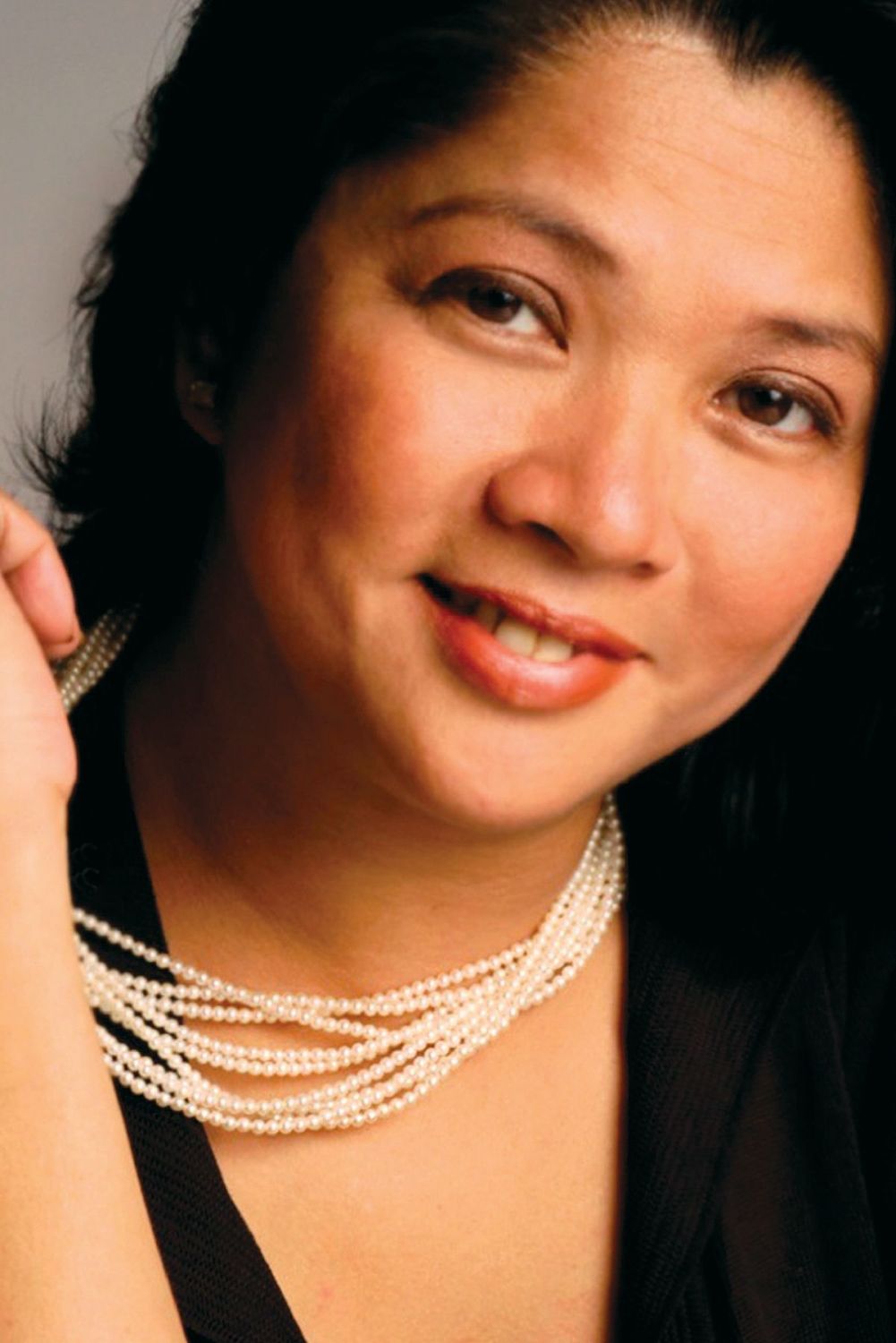Locally or internationally, these architects and designers are always making an impression
With construction and development back in full swing, let's reacquaint ourselves with 2021's Most Influential Architects and Designers.
Read more about how these inspirational and innovative thought leaders and their respective work have made a significant impact in the design scene, here and abroad.
Paulo Alcazaren

At the height of the pandemic, landscape architect and urban planner Paulo Alcazaren's esquisses made rounds online inspiring a frustrated populace with viral sketches of reimagined Metro Manila spaces. From elevated walkways to flood-resilient structures, Alcazaren has been designing possibilities in cities challenged by bureaucracy and policy.
The head of PGAA Creative Design, Alcazaren has a master's degree in Urban Designing from the National University of Singapore, where he was awarded the Singapore Institute of Architects' Book Award upon completion. He has overseen a huge number of projects from around Asia to the Middle East throughout his career. These include the 10-kilometre Esplanade in Iloilo City, park and pedestrian networks in Makati's and Ortigas' Central Business Districts, and the shopping landscape of Orchard Road in Singapore, among others. In each of these endeavours, Alcazaren literally paves the way towards heritage sites and cultural spaces for the community.
As a thought leader, he was the editor-in-chief of BluPrint magazine for a decade. Today, he maintains a column in The Philippine Star. Over the years, he has authored dozens of books on architecture, urban design, and green cities. In the midst of public uproar against the big business initiative for a Pasig River Expressway, he proposed an alternative: the Pasig River Esplanade and a 25-kilometre linear park that would run across the skyline of Old Manila. The metropolis, without exaggeration, swooned. Alcazaren's imagination takes form in legacies and landscapes that are not only enjoyed by the public, but made for future generations of Filipinos as well.
Read Paulo Alcazaren's full profile on Asia's Most Influential









